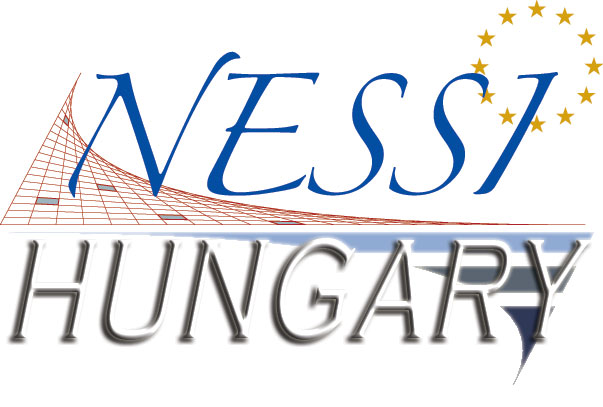Project director: István Jankovits, director of development and services at BME (IT)², director of R&D at BME CIT
The elements of the business world (trade, transport, public utilities, public services such as e-government, e-administration) that are specialised according to different kinds of services are being challenged by higher and higher market requirements, rivalry and necessary cost-efficiency, and responding to these questions with a traditional approach is getting even harder. A knowledge-based society expects complex services that can be implemented in most cases through the cooperation of several services, and the problems of interoperability requirements and shared accounting must be solved by these service providers. The existence of segmented services and the convergence of services provide a new challenge for the IT world. The procedures of process integration, orchestration, cooperation optimisation and installation of the IT background have also begun at organisations. Services cross over between services providers, and processes can not always be assigned to only one service provider.
Complex services need complex background information systems that can be reached by users via a single entry point, and they should not have to be concerned with the details of these operations (such as process mapping, accounting, clearing). Implementation of such systems is not a simple process; it needs experience in connection with methodology, technology, and needs wide range interoperability and an interdisciplinary approach. To reach this goal a more effective and regulated cooperation between market, government, administrative organisations and systems is necessary, and an effective and secure access for the civil sphere must be provided. One program of the new National Development Plan (NFT) also addresses the modernisation of public administration, i.e. the implementation of electronic administration. This service-development also requires experience in designing and implementing complex information systems. To reach the development goal it is necessary to precisely define the requirements and standards, ensuring interoperability and security requirements. Cost-effective design of such a system can be achieved by using professional methodologies and high-level design in the context of technology and system planning. During implementation it is required that several parts of the system are functioning correctly as stand-alone subsystems. Therefore standardised services and IT systems will be based on the integration and definition of the interoperability requirements of existing subsystems. Applied methodologies must take into account the standardisation requirements and interoperability possibilities as well as the commitments of European Union regulations. The goal is to install systems that are adaptable to changing environments. System components must be prepared for interoperability and IT security evaluation, and quality and conformance (3-tier architecture, SOA etc.) analysis must be based on modern technologies. Not only regulation, but also conformance analysis and measurement (based on these rules) are also important, which compose the main tasks of the IT security and quality project group of the Knowledge Centre.
The goal of this project group is to participate in several industrial and public administration projects to synthesize and document experiences, and based on the accumulated experiences and results to employ new R&D results in projects, and to make recommendations for standardisation, regulation and methodologies. The strategic goal of the Knowledge Centre is the transfer and utilisation of amassed experiences and participation in the implementation of service-based electronic government and public administration. A project has been started to construct a knowledge base based on amassed experiences, and to develop a monitoring system that uses AI-technology for business and service processes. The project group’s other project area is the research and development of a special but relevant domain for the market: computer graphics applications that use multiple processors and computers.






